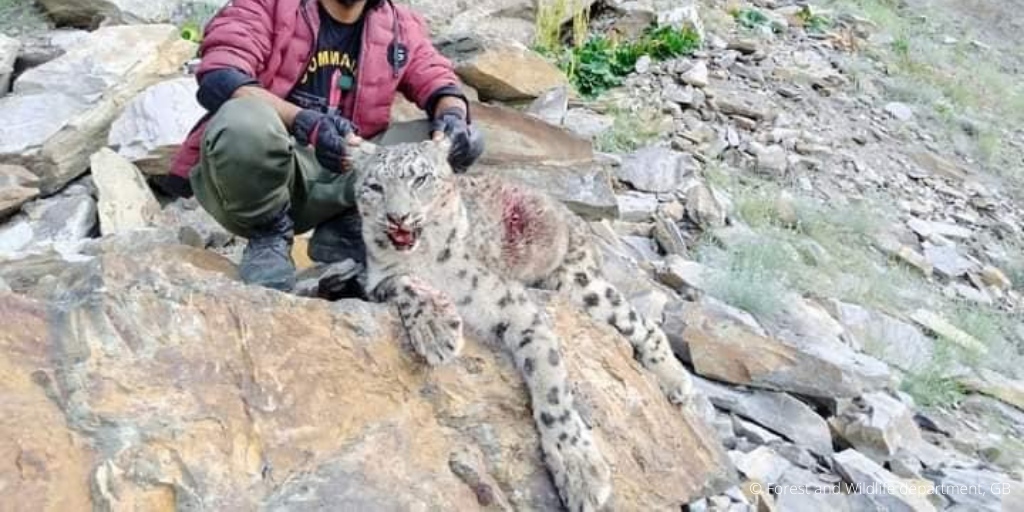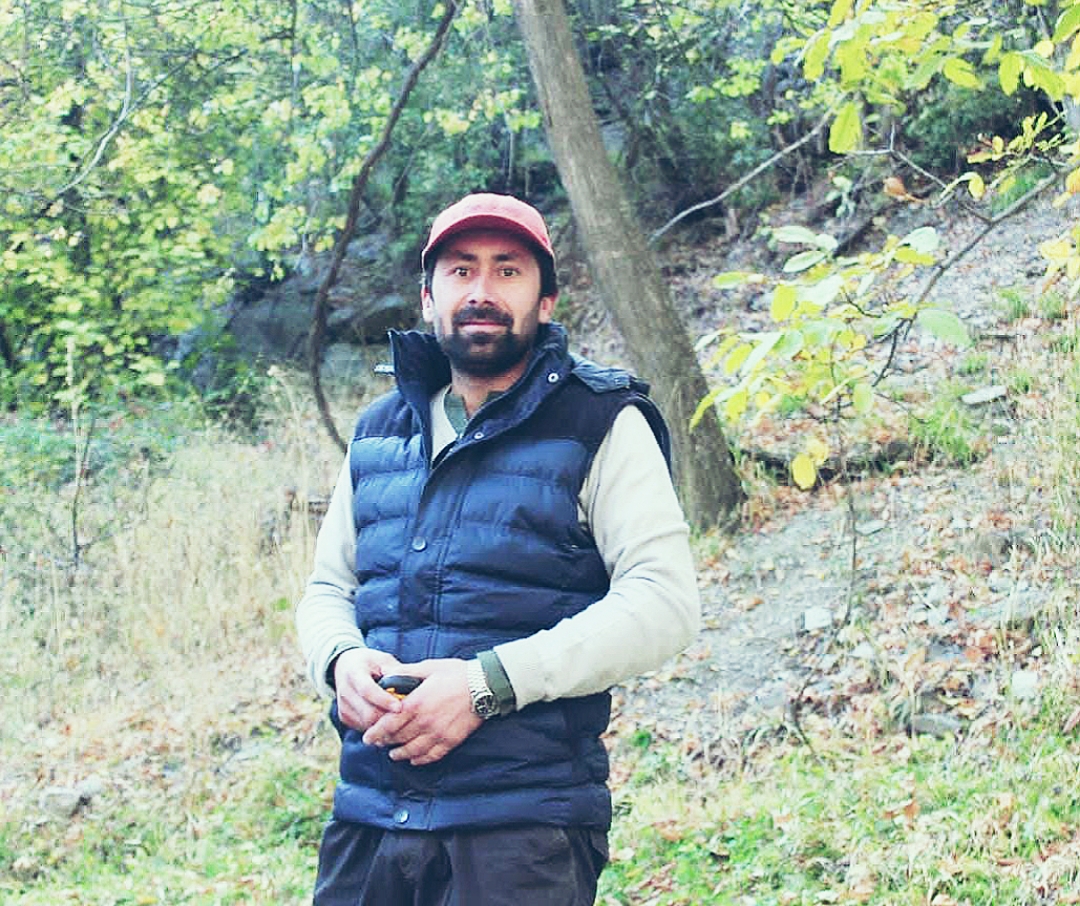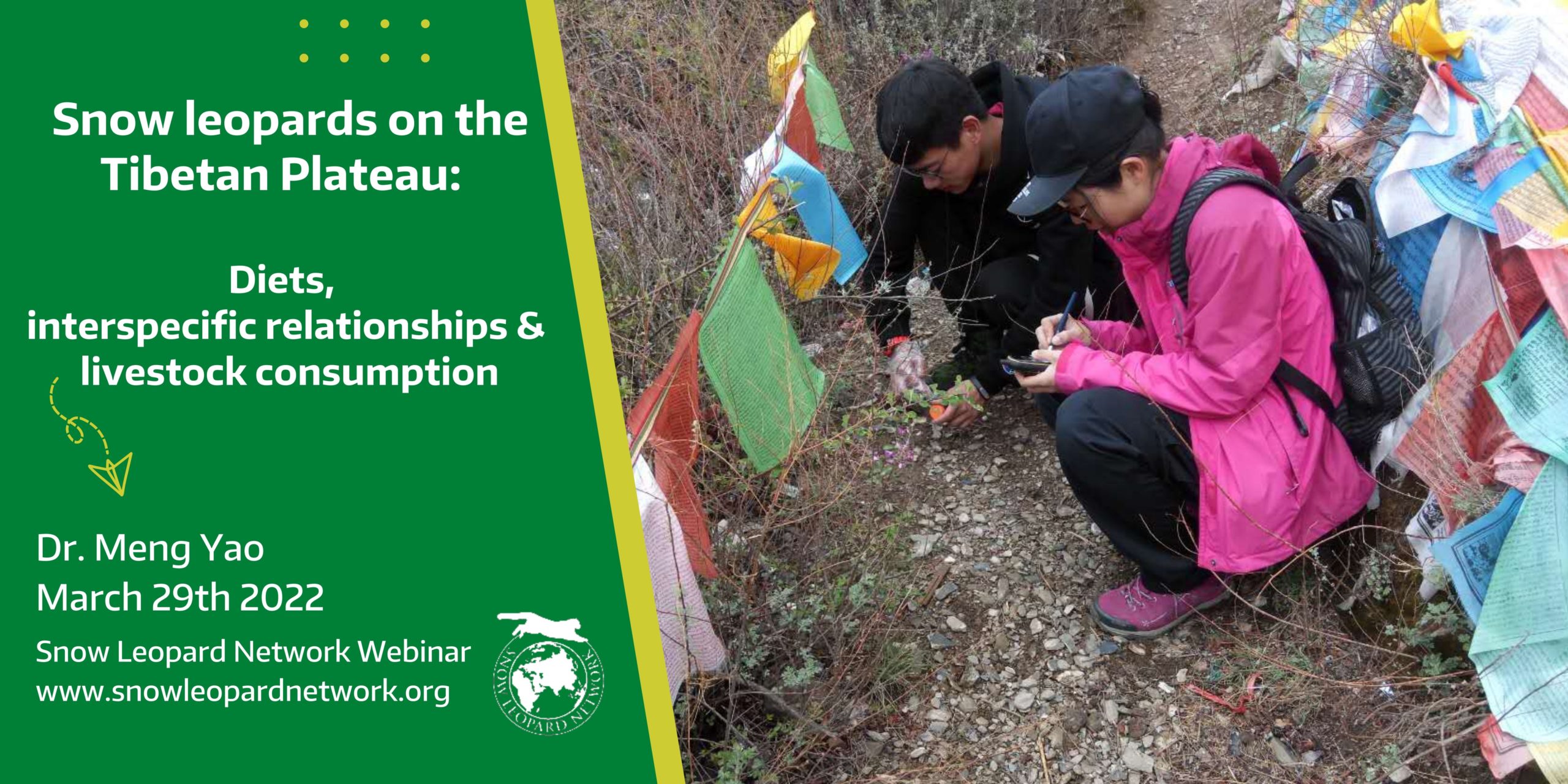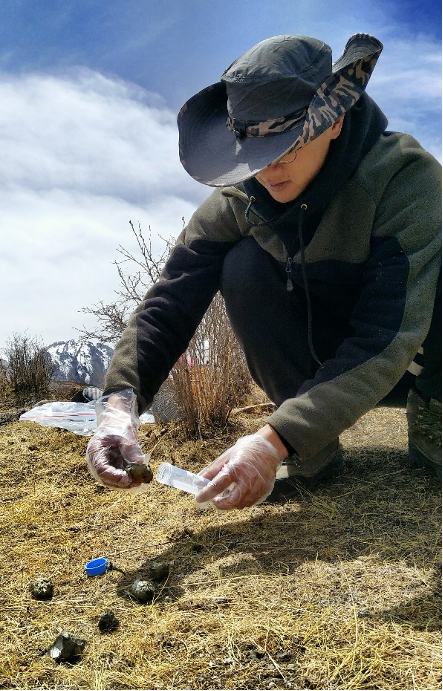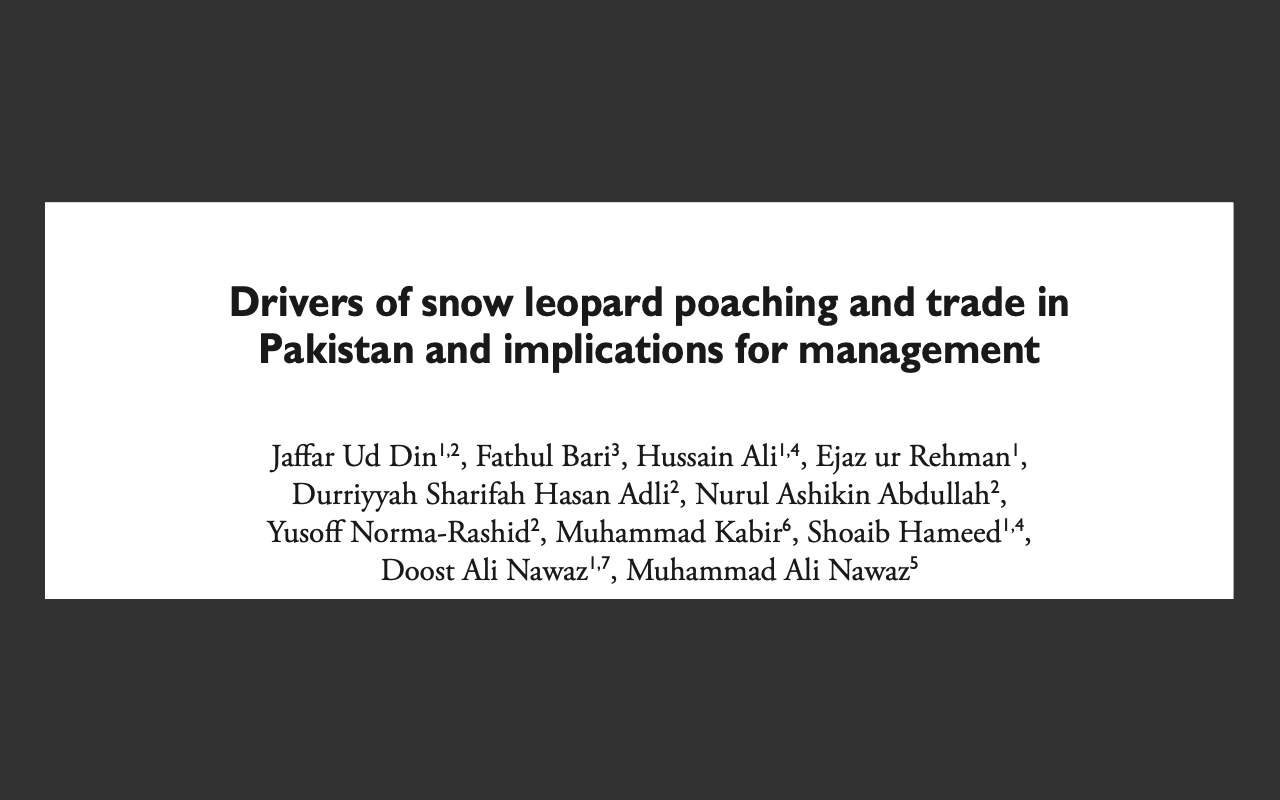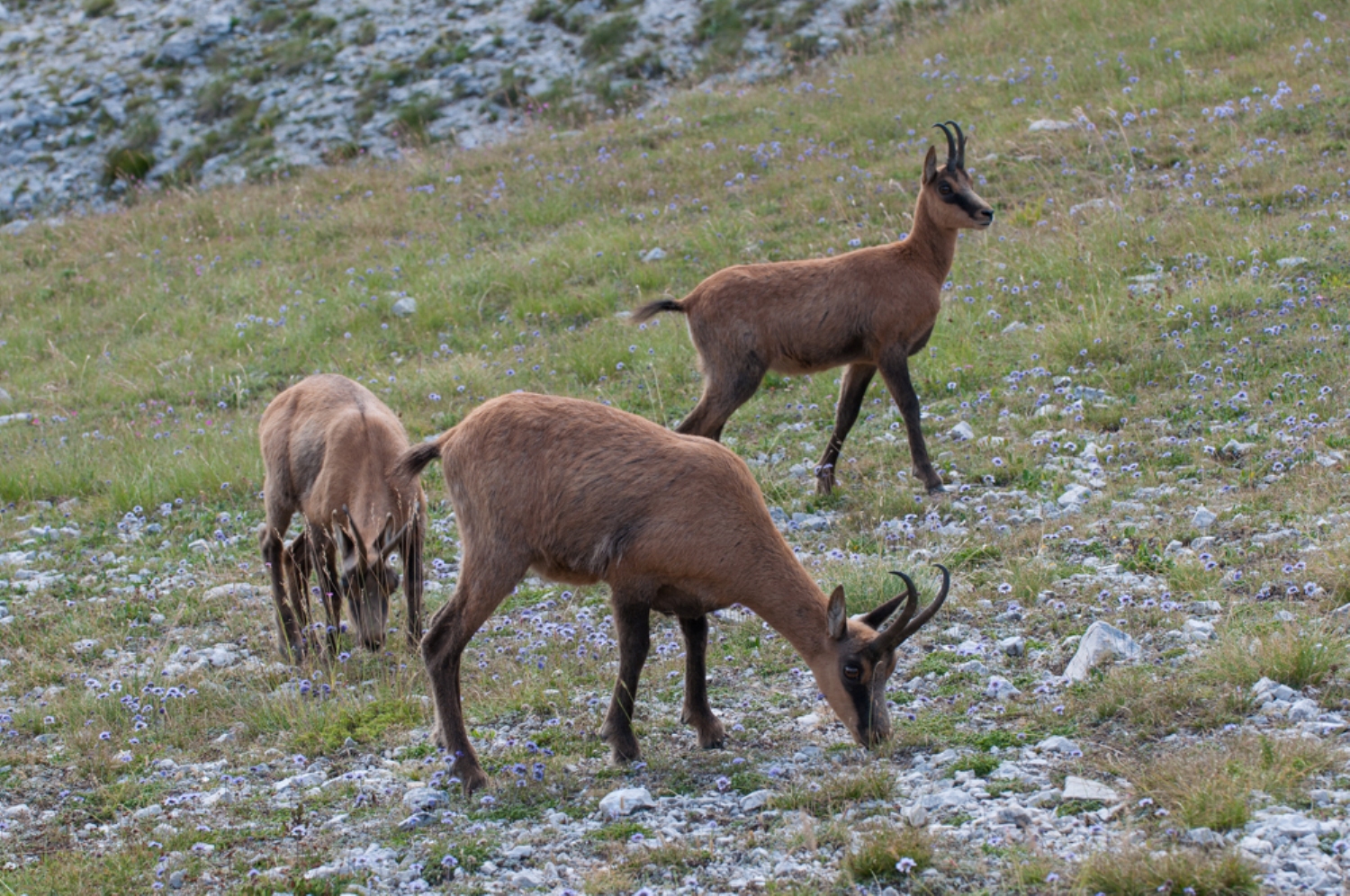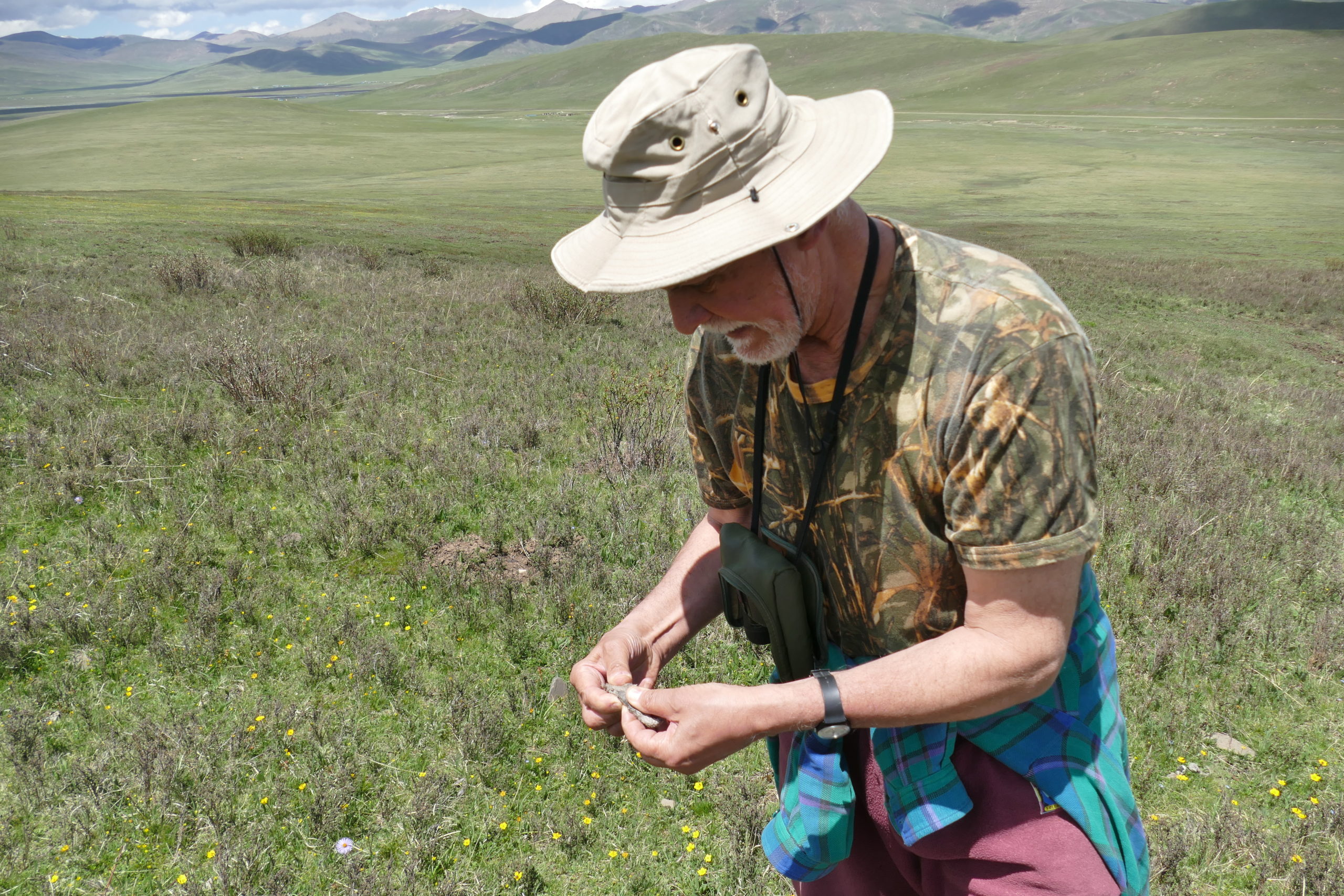
Please find details below of two new articles added to our Bibliography:
Title: Prey partitioning and livestock consumption in the world’s richest large carnivore assemblage
Author: Shao, X., Lu, Q., Xiong, M., Bu, H., Shi, X., Wang, D., Zhao, J., Li, S., Yao, M.
Abstract: Large mammalian carnivores have undergone catastrophic declines during the Anthropocene across the world. Despite their pivotal roles as apex predators in food webs and ecosystem dynamics, few detailed di- etary datasets of large carnivores exist, prohibiting deep understanding of their coexistence and persistence in human-dominated landscapes. Here, we present fine-scaled, quantitative trophic interactions among sym- patric carnivores from three assemblages in the Mountains of Southwest China, a global biodiversity hotspot harboring the world’s richest large-carnivore diversity, derived from DNA metabarcoding of 1,097 fecal sam- ples. These assemblages comprise a large-carnivore guild ranging from zero to five species along with two mesocarnivore species. We constructed predator-prey food webs for each assemblage and identified 95 vertebrate prey taxa and 260 feeding interactions in sum. Each carnivore species consumed 6–39 prey taxa, and dietary diversity decreased
with increased carnivore body mass across guilds. Dietary partitioning was more evident between large-carnivore and mesocarnivore guilds, yet different large carnivores showed divergent proportional utilization of different-sized prey correlating with their own body masses. Large car- nivores particularly selected livestock in Tibetan-dominated regions, where the indigenous people show high tolerance toward wild predators. Our results suggest that dietary niche partitioning and livestock subsidies facilitate large-carnivore sympatry and persistence and have key implications for sustainable conservation promoting human-carnivore coexistence.
URL: https://snowleopardnetwork.org/b/show.php?record=1674

Title: Snow Leopard Dietary Preferences and Livestock Predation Revealed by Fecal DNA Metabarcoding: No Evidence for Apparent Competition Between Wild and Domestic Prey
Author: Lu, Q., Xiao, L., Cheng, C., Lu, Z., Zhao, J., Yao, M.
Abstract: Accurate assessments of the patterns and drivers of livestock depredation by wild carnivores are vital for designing effective mitigation strategies to reduce human-wildlife conflict. Snow leopard’s (Panthera uncia) range extensively overlaps pastoralist land- use and livestock predation there is widely reported, but the ecological determinants of livestock consumption by snow leopards remain obscure. We investigated snow leopard dietary habits at seven sites across the Sanjiangyuan region of the Qinghai– Tibetan Plateau (QTP), an area central to the species’ global range. Snow leopard abundance, wild prey composition, and livestock density varied among those sites, thus allowing us to test the effects of various factors on snow leopard diet and livestock predation. Using DNA metabarcoding, we obtained highly resolved dietary data from 351 genetically verified snow leopard fecal samples. We then analyzed the prey preferences of snow leopards and examined ecological factors related to their livestock consumption. Across the sites, snow leopard prey was composed mainly of wild ungulates (mean = 81.5% of dietary sequences), particularly bharal (Pseudois nayaur), and supplemented with livestock (7.62%) and smaller mammals (marmots, pikas, mice; 10.7%). Snow leopards showed a strong preference for bharal, relative to livestock, based on their densities. Interestingly, both proportional and total livestock consumption by snow leopards increased linearly with local livestock biomass, but not with livestock density. That, together with a slight negative relationship with bharal density, supports apparent facilitation between wild and domestic prey. We also found a significant positive correlation between population densities of snow leopard and bharal, yet those densities showed slight negative relationships with livestock density. Our results highlight the importance of sufficient wild ungulate abundance to the conservation of viable snow leopard po
pulations. Additionally, livestock protection is critically needed to reduce losses to snow leopard depredation, especially where local livestock abundances are high.
URL: https://snowleopardnetwork.org/b/show.php?record=1675


